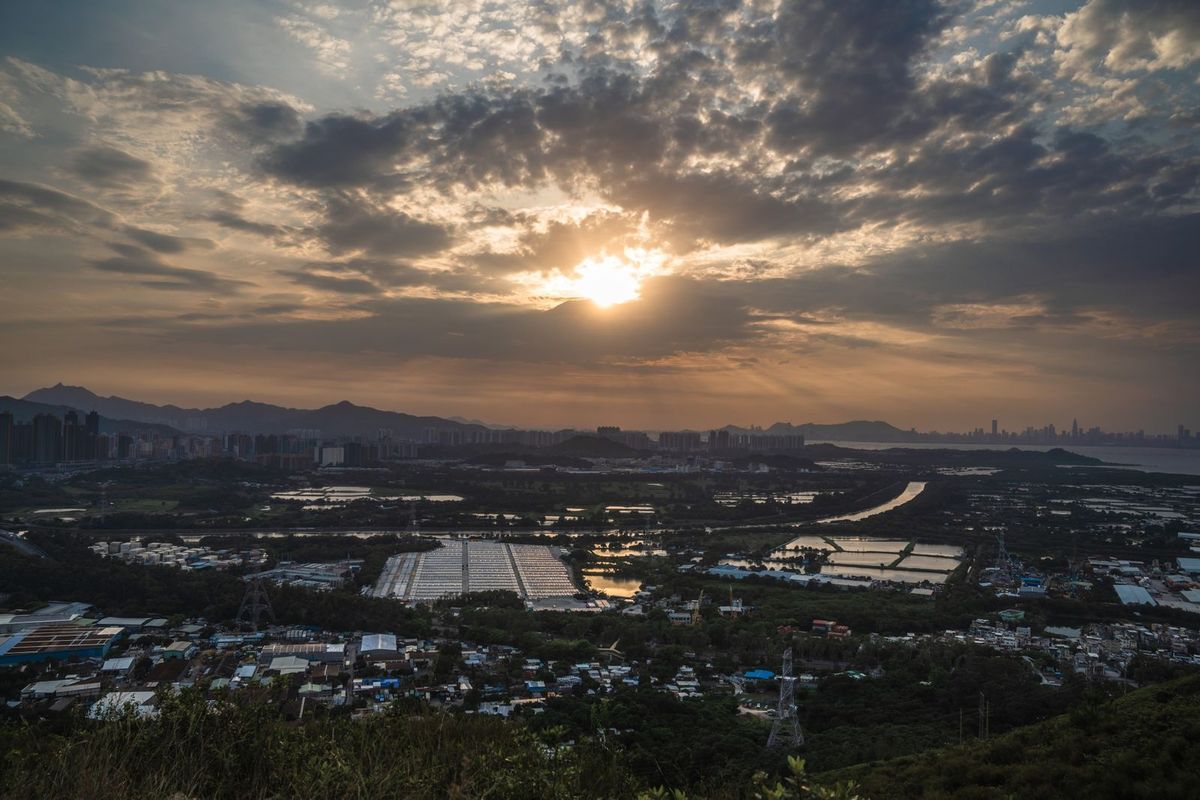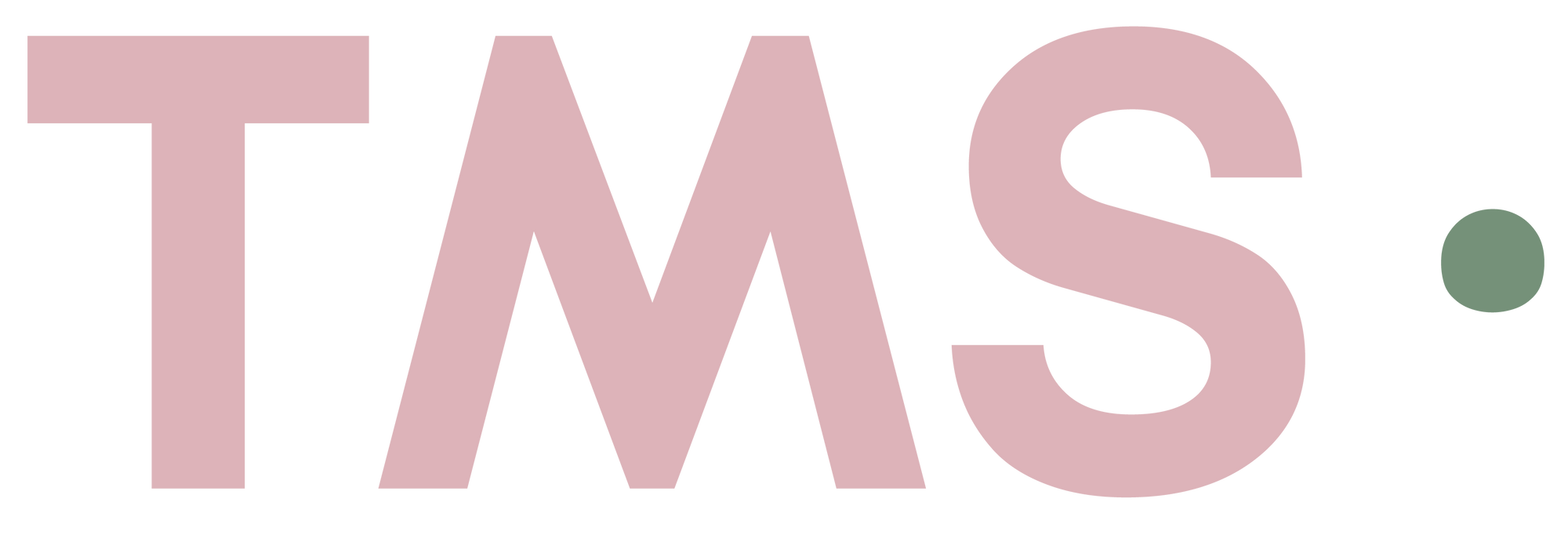Hong Kong developers are a threat to its bird habitat

A few minutes every morning is all you need.
Stay up to date on the world's Headlines and Human Stories. It's fun, it's factual, it's fluff-free.
Hong Kong’s wetlands, which provide foraging and roosting grounds for hundreds of bird species, have been a hot topic lately. Recently, it came to light that the government may re-zone the conservation and buffer areas there. The buffer area is a border surrounding the reserve that the government created over 20 years ago to prevent development that could harm the wetlands. But, with Hong Kong’s ongoing housing problem, developers are looking to build in this zone.
Right now, eight different development proposals are requesting higher density than they’re supposed to. If approved, these would be the highest density and height projects in the buffer zone. But conservation groups have raised the alarm, saying that taller buildings would interrupt bird flight paths and contribute to climate change issues. One Hong Kong developer had to wait 30 years to get his buffer zone housing initiative approved as the Town Planning Board dealt with arguments between planning and conservation officials.
Key comments:
“I have a lot of reservations on whether their plans will have no impacts on ecology like they say in the applications,” said Roy Ng, campaign manager at the Conservancy Association.
“The majority of [sustainability campaigns] we see from Hong Kong developers are more for PR. In reality they do a lot of things that are in contradiction with the spirit of ESG,” said Brian Wong, a researcher at the think tank Liber Research Community.
In a statement, a spokesman for property group Sun Hung Kai claims that a lot of the buffer area is actually “abandoned wasteland or degraded fishponds with low ecological value,” and that Sun Hung Kai supports “a balanced mix of actively-managed wetland with well-planned developments.”




Comments ()